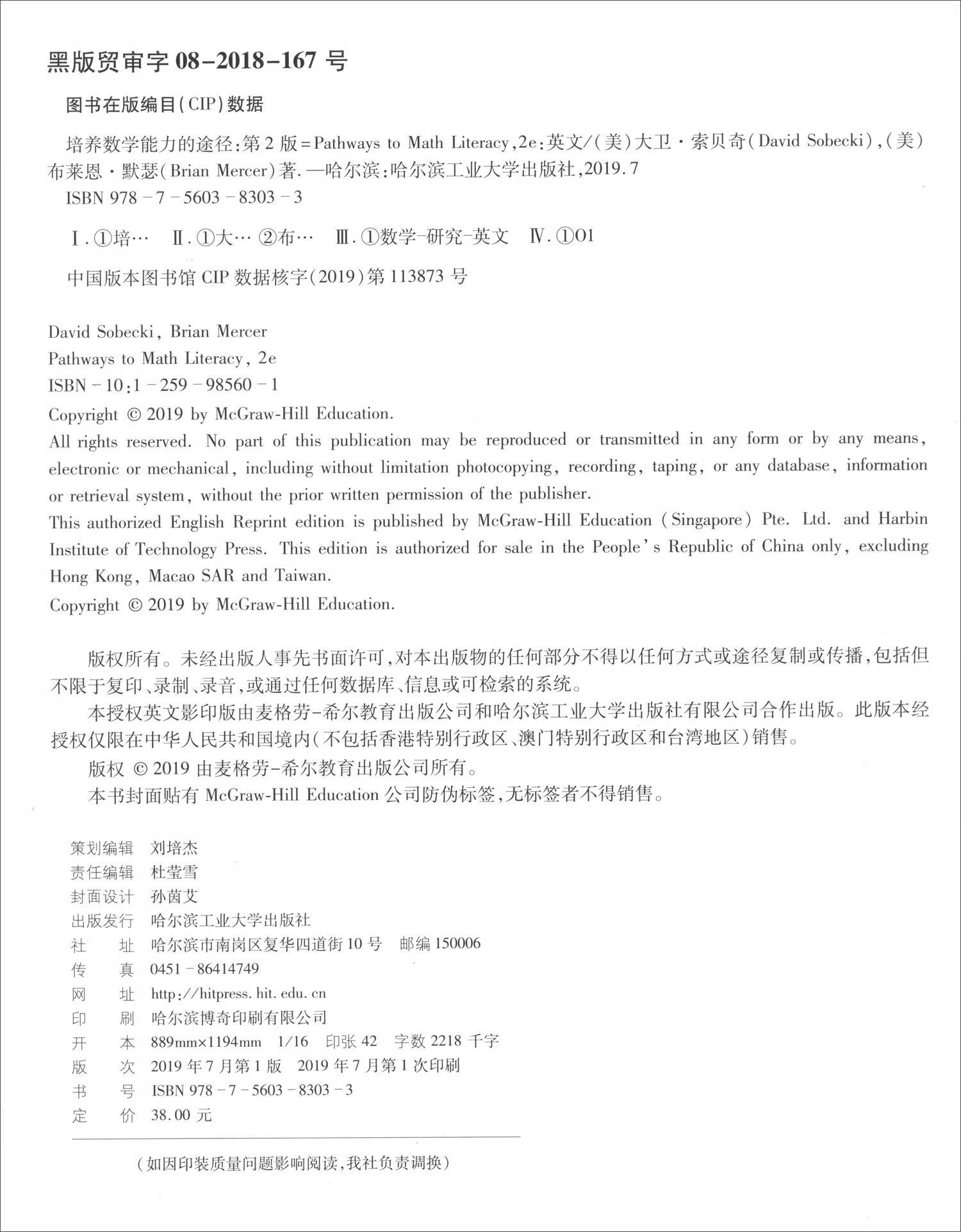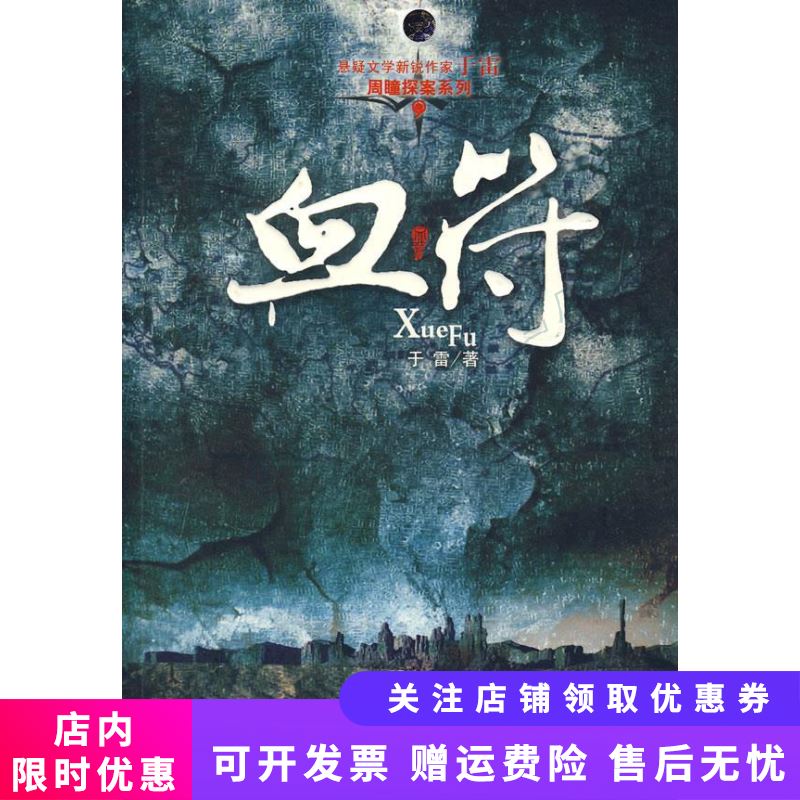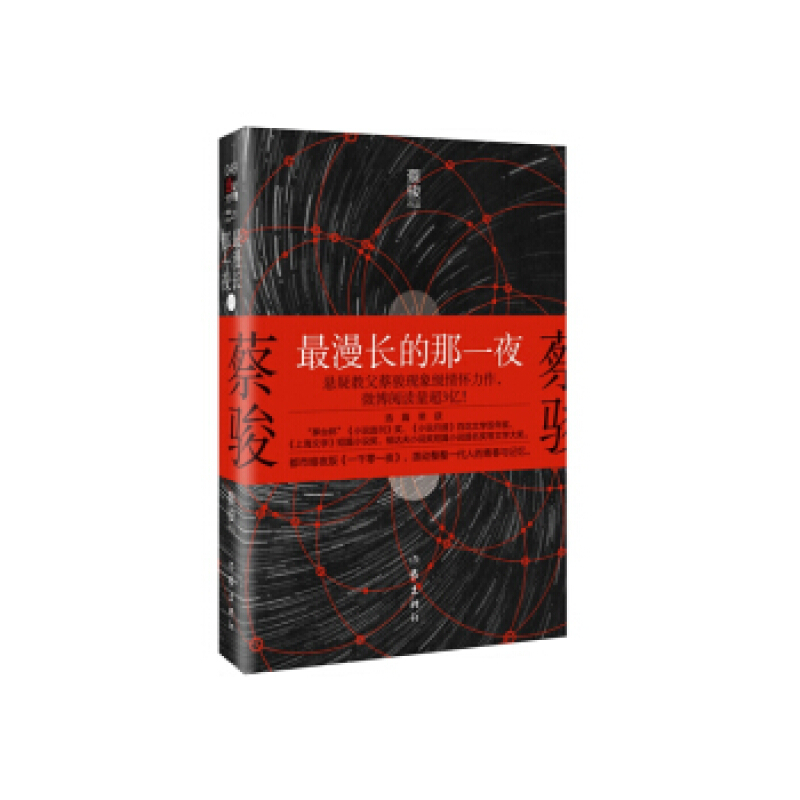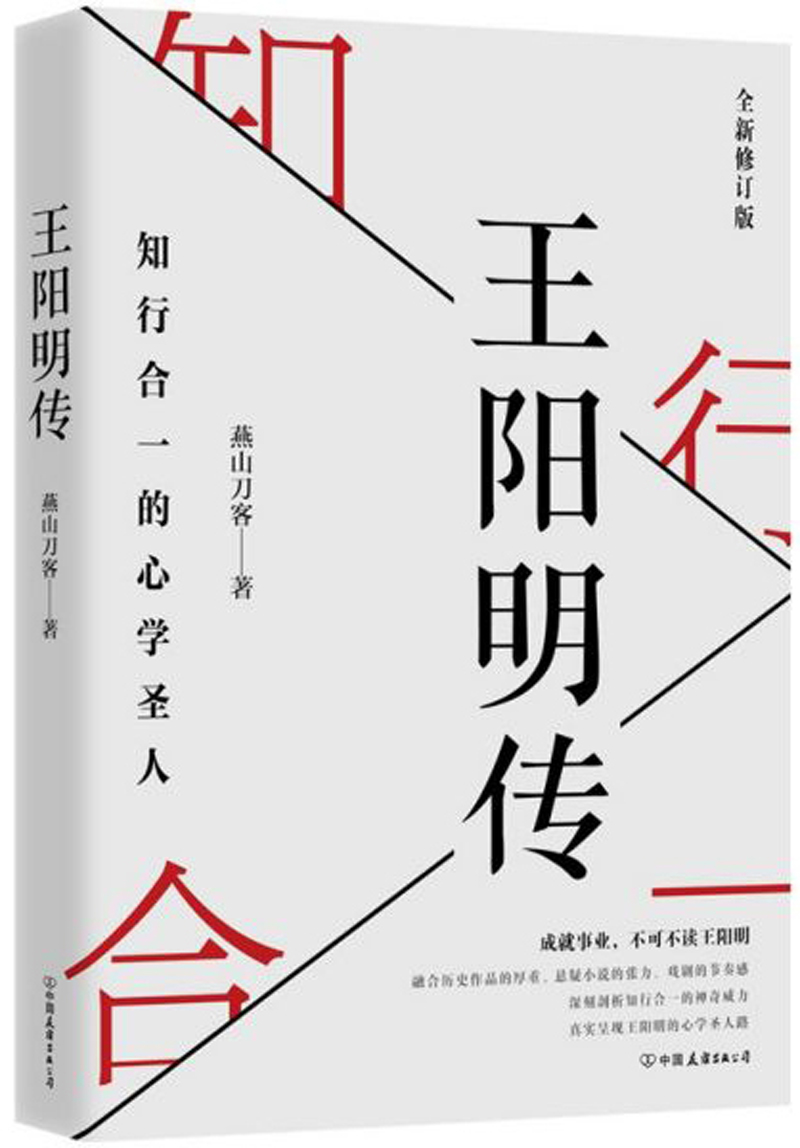#电子书截图
#电子书简介
Unit 1: NUMERIC DATA: VISUALIZE AND ORGANIZE
Lesson 1-1 Where Does the Time Go?
1.Analyze personal time management for a week of activities.
2.Solve problems involving percentages.
3.Create and interpret pie charts.
4.Create and interpret bar graphs.
Lesson 1-2 Do You Have Anything To Add?
1.Identify circumstances where addition or subtraction is possible.
2.Add or subtract quantities.
Lesson 1-3 It's About Accumulation
1.Interpret multiplication as repeated addition.
2.Multiply or divide quantities.
Lesson 1-4 Avoiding Empty Pockets
1.Distinguish between simple interest and compound interest.
2.Distinguish between linear and exponential growth.
3.Interpret exponents as repeated multiplication.
4.Simplify numeric expressions involving exponents and the order of operations.
Lesson 1-5 A Coordinated Effort
1.Use a rectangular coordinate system.
2.Connect data to graphs.
3.Interpret graphs.
Lesson 1-6 What are the Chances?
1.Compute and interpret basic probabilities.
2.Translate a probability to a percent chance.
3.Recognize the difference between theoretical and empirical probability.
Lesson 1-7 Debt: Bad.Chocolate: Good
1.Convert numbers between decimal and scientific notation.
2.Describe the signifIcance of writing numbers in scientific notation.
Lesson 1-8 What's Your Type?
1.Analyze how your personality type affects how you interact with others.
2.Create and interpret Venn diagrams.
3.Describe sets using appropriate terminology.
Lesson 1-9 News in the Data Age .
1.Explain the difference between a population and a sample.
2.Organize data with frequency distributions and histograms.
3.Analyze data with stem and leaf plots.
……
Unit 2: MAKING SENSE OF IT ALL
Unit 3: THINKING LINEARLY
Unit 4: LIVING IN A NONLINEAR WORLD
Lesson 1-1 Where Does the Time Go?
1.Analyze personal time management for a week of activities.
2.Solve problems involving percentages.
3.Create and interpret pie charts.
4.Create and interpret bar graphs.
Lesson 1-2 Do You Have Anything To Add?
1.Identify circumstances where addition or subtraction is possible.
2.Add or subtract quantities.
Lesson 1-3 It's About Accumulation
1.Interpret multiplication as repeated addition.
2.Multiply or divide quantities.
Lesson 1-4 Avoiding Empty Pockets
1.Distinguish between simple interest and compound interest.
2.Distinguish between linear and exponential growth.
3.Interpret exponents as repeated multiplication.
4.Simplify numeric expressions involving exponents and the order of operations.
Lesson 1-5 A Coordinated Effort
1.Use a rectangular coordinate system.
2.Connect data to graphs.
3.Interpret graphs.
Lesson 1-6 What are the Chances?
1.Compute and interpret basic probabilities.
2.Translate a probability to a percent chance.
3.Recognize the difference between theoretical and empirical probability.
Lesson 1-7 Debt: Bad.Chocolate: Good
1.Convert numbers between decimal and scientific notation.
2.Describe the signifIcance of writing numbers in scientific notation.
Lesson 1-8 What's Your Type?
1.Analyze how your personality type affects how you interact with others.
2.Create and interpret Venn diagrams.
3.Describe sets using appropriate terminology.
Lesson 1-9 News in the Data Age .
1.Explain the difference between a population and a sample.
2.Organize data with frequency distributions and histograms.
3.Analyze data with stem and leaf plots.
……
Unit 2: MAKING SENSE OF IT ALL
Unit 3: THINKING LINEARLY
Unit 4: LIVING IN A NONLINEAR WORLD
《培养数学能力的途径(第2版 英文)》既可以当作教材使用,也可以当作大众读物来阅读,它一定会赢得广大中产阶级的喜爱,因为他们酷爱“学习”,有人曾经批判性地将这样的文化消费态度视为“中产阶层的文化苦旅”:物质主义导致文化疲惫,导致文化卑微,解码不易导致文化焦虑,脱域机制导致文化震惊。
于是中产阶层在阅读消费上便发展出了这样一种妥协的艺术:通过“大师”的解读来看懂经典名作,通过极尽逼真的印刷工艺来欣赏世界名画,没有游历四方的物质基础就把外面的世界“搬回家”,无法接触商界精英便解读他们的思维方式——图书成为社会较高阶层文化消费的替代品与简化载体,阅读消费成为中产阶层模仿“位高者”的捷径与妥协选择,
《培养数学能力的途径(第2版 英文)》是为配合哈尔滨工业大学百年校庆和“双**”建设活动而引发的,目前在社会层面,大众对于大学与大学教育诟病很多,一是大学耗费了纳税人的巨额税款,并没有贡献出入们所期待的思想、观念、成果,二是行政化倾向愈演愈烈,在此背景下大学出版社应该有所作为。
于是中产阶层在阅读消费上便发展出了这样一种妥协的艺术:通过“大师”的解读来看懂经典名作,通过极尽逼真的印刷工艺来欣赏世界名画,没有游历四方的物质基础就把外面的世界“搬回家”,无法接触商界精英便解读他们的思维方式——图书成为社会较高阶层文化消费的替代品与简化载体,阅读消费成为中产阶层模仿“位高者”的捷径与妥协选择,
《培养数学能力的途径(第2版 英文)》是为配合哈尔滨工业大学百年校庆和“双**”建设活动而引发的,目前在社会层面,大众对于大学与大学教育诟病很多,一是大学耗费了纳税人的巨额税款,并没有贡献出入们所期待的思想、观念、成果,二是行政化倾向愈演愈烈,在此背景下大学出版社应该有所作为。
http://img30.360buyimg.com/vc/jfs/t1/50680/5/16367/291163/5dd3c485Eab8c8ebe/758e6b4ddeac1410.jpg;http://img30.360buyimg.com/vc/jfs/t1/61886/29/15670/473503/5dd3c485E87403e61/c459163b5f9ec98f.jpg;http://img30.360buyimg.com/vc/jfs/t1/73280/12/15839/343956/5dd3c485Ebc249e3b/47862627521c858d.jpg;http://img30.360buyimg.com/vc/jfs/t1/77415/2/15818/325262/5dd3c485E77944de5/c01ccfe0ac1110bd.jpg
When we set out to write the first edition of this book, Math Literacy wasn't a particularly well-defined subject.During the planning stages, we did our best to combine our own classroom experiences with information gathered from instructors across the country who were interested in this new non-STEM pathways movement. We're very proud of the result, but over the last four years we've learned a whole lot more about a field that is far more devel-oped than it was in the early days. The result is the second edition of Pathways to Math Literacy.For those who are new to math literacy, let's first address what this whole thing is about. In our view, we as col-lege math faculty have spent too many years teaching developmental courses as if the students were all headed to calculus. We know that most of them aren't, so our approach is based on answering this question: what is it really useful for non-STEM students to learn? And what if we agreed to move past the "this is important because it's important" mentality, and thought about the topics and activities that will best serve a group of students that are, for the most part, poorly served by traditional developmental algebra?Our project is the result of attempting to do just that. Most importantly, it's not about watering down the curriculum in an attempt to pass more students. It's about providing non-STEM students with an alternate but challenging path-way that will get them into the college-credit math courses they need without getting trapped behind the roadblocks that have emerged within the traditional developmental math track. But more importantly, it's about focusing on context and critical tlunking, and showing these students why the math they've struggled with for so many years is relevant in their lives.A big part of our approach was developed after studying the results of research that's been done on what exactly employers are looking for in college graduates. Working productively in teams, being able to solve problems with-out hand-holding, and being able to use technology efficiently are consistently at the top of the list, so we made these the cornerstones of Pathways to Math Literacy. Surely we want our students to become better educated, but we also want them to become gainfully employed.What we've discovered along the way is how much richer the experience can be for non-STEM students when they stop trying to memorize and mimic, and start to really think and learn. By using a workbook format, focusing on active learning, incorporating technology, and approaching every single topic from an applied standpoint, we've been able to build a course (and a book) that elicits our favorite response from students: "This doesn't feel like a math course. We're kind of using math……" YES. Yes we are.that are usually in the province of liberal arts math, we're making the process of learning useful problem-solving skills through algebra more palatable for students, which at the end of the day is a significant part of the battle.When your students open their minds to the possibility of really understanding a math course, and really seeing how math can be useful, they blossom into the learner that we try to bring out in all of our students.Many thanks for looking at our materials, and ALWAYS feel free to reach out to us with questions, comments,suggestions, or support.This is where we started, and it won't ever change. Based on feedback from far too many gracious instructors to count, we had three main goals for this second edition. The first was to redesign the order of the lessons so that the mathematics flows more logically, and to include additional topics that the market was asking for. Second, we aimed to place more emphasis on the fact that algebra doesn't have to be an abstract, frightening topic, and that having to struggle productively isn't just okay; it's GREAT! The third goal was to add new features and exercises that make the book and its online supplements more flexible and comprehensive so that instructors can adapt our basic ideas to their own needs and philosophies easily. We surely don't expect that everyone, or maybe even anyone, will cover every single lesson in the book. We think we know a lot about math literacy, but you're still the most import-ant expert on what is best for your students.
版权声明:本站提供的电子书下载/导购服务,如您发现侵犯了您的权益,请通过
举报侵权 进行处理 。












评论列表(0)